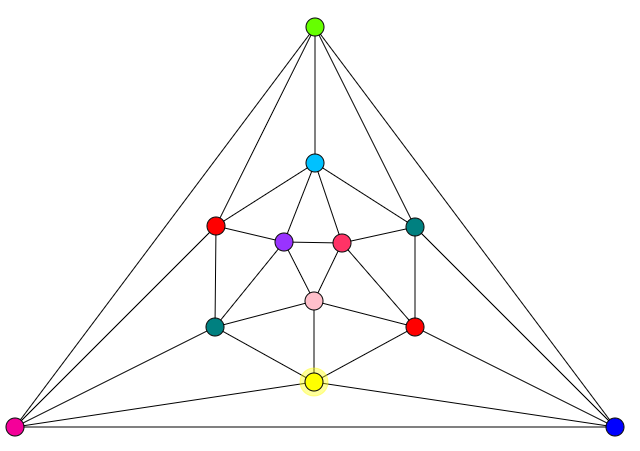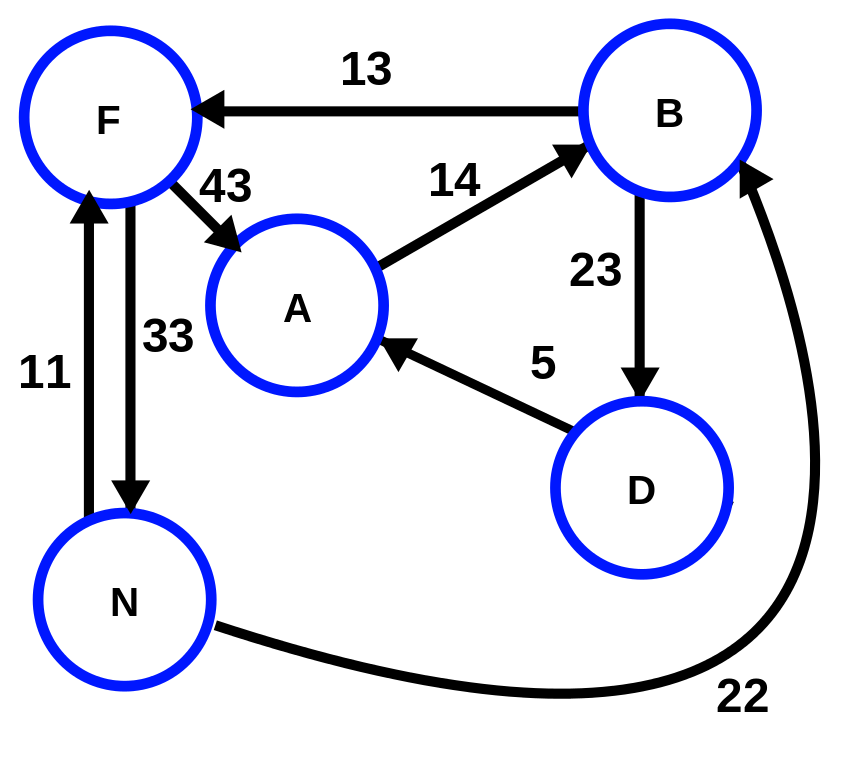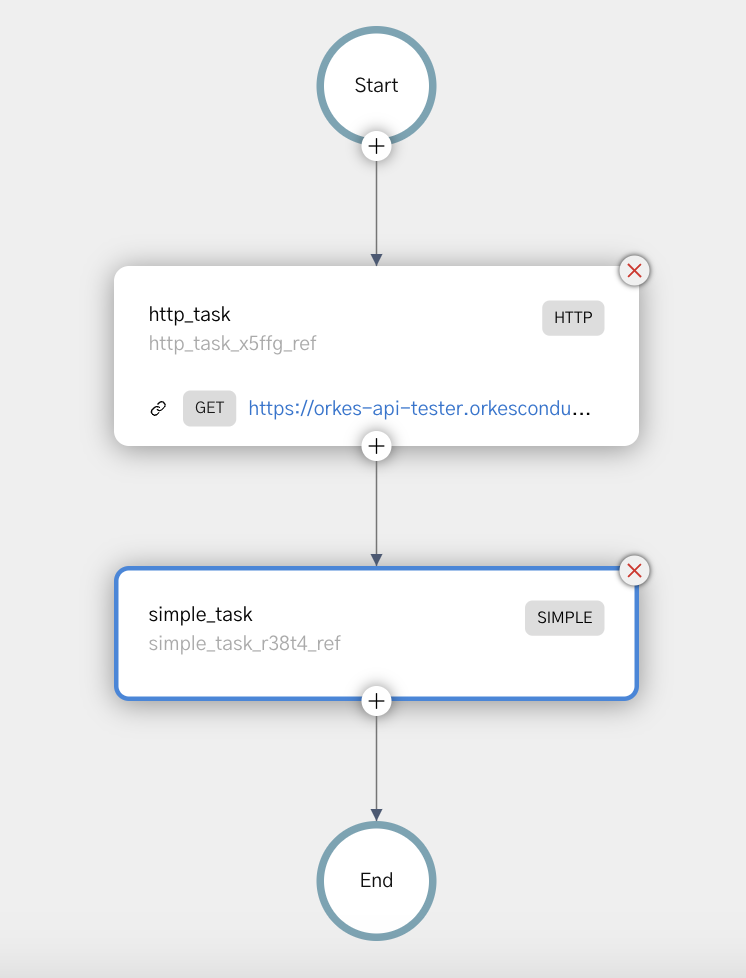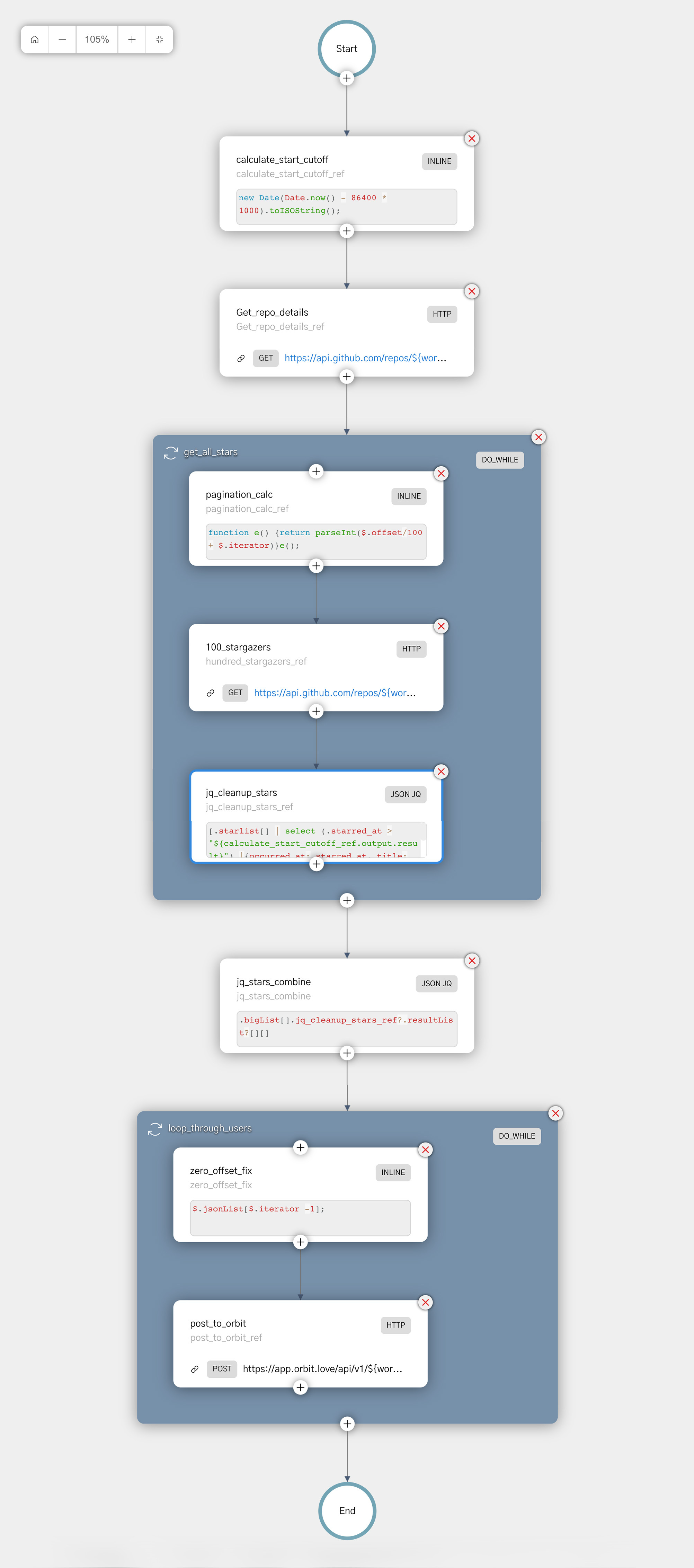Directed Acyclic Graph (DAG)
All Conductor workflows are directed acyclic graphs (DAGs). A directed acyclic graph (DAG) is a set of vertices where the connections are unidirectional without any repetition. DAG workflows can only "move forward" and cannot redo a step (or series of steps).
Here is a breakdown of what DAG means:
- Graph
For DAGs, a graph refers to "a collection of vertices (or points) and edges (or lines) that indicate connections between the vertices."

Imagine each vertex in the above graph as a microservice. The lines represent a dependency relation between each microservice. However, this graph is not a directed graph, as there is no direction given to each dependency.
- Directed
A directed graph means that there is a direction to each connection. For example, this graph is directed:

Each line has a direction. In the example above, Point N can proceed directly to B, but B cannot proceed directly to N.
- Acyclic
Acyclic means without circular or cyclic paths. The example shown above contains directed cyclic graphs, such as A -> B -> D -> A. In contrast, a directed acyclic graph can only begin at one point and end at a different point (A -> B -> D).
Workflows as DAGs
Since a Conductor workflow is a series of tasks that can connect in only a specific direction and cannot loop, it is a directed acyclic graph:

The flow of tasks is specified in a tasks array in a JSON file called a workflow definition, which can also be written in code (Python, Java, JavaScript, C#, Go, Clojure).
Can a workflow contain loops and still be a DAG?
Yes. Take the following Conductor workflow, which contains Do-While loops, for example:

This workflow is still a DAG because the loop is just a simplified representation for running multiple instances of the same tasks repeatedly. For example, if the 2nd loop in the above workflow is run three times, the workflow path will be:
- zero_offset_fix_1
- post_to_orbit_ref_1
- zero_offset_fix_2
- post_to_orbit_ref_2
- zero_offset_fix_3
- post_to_orbit_ref_3
The path is directed forward to different task instances, each with its own unique inputs and outputs. The Do-While loop simply makes it easier to represent this path.